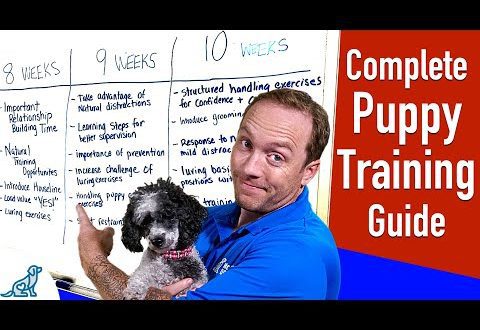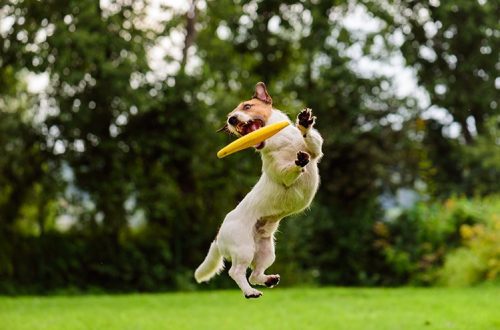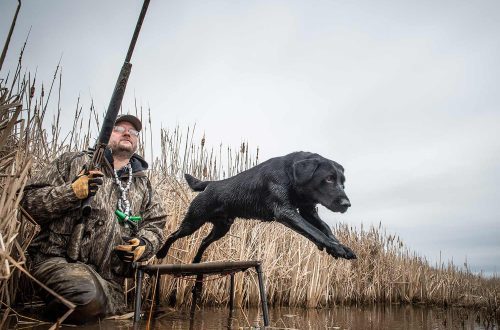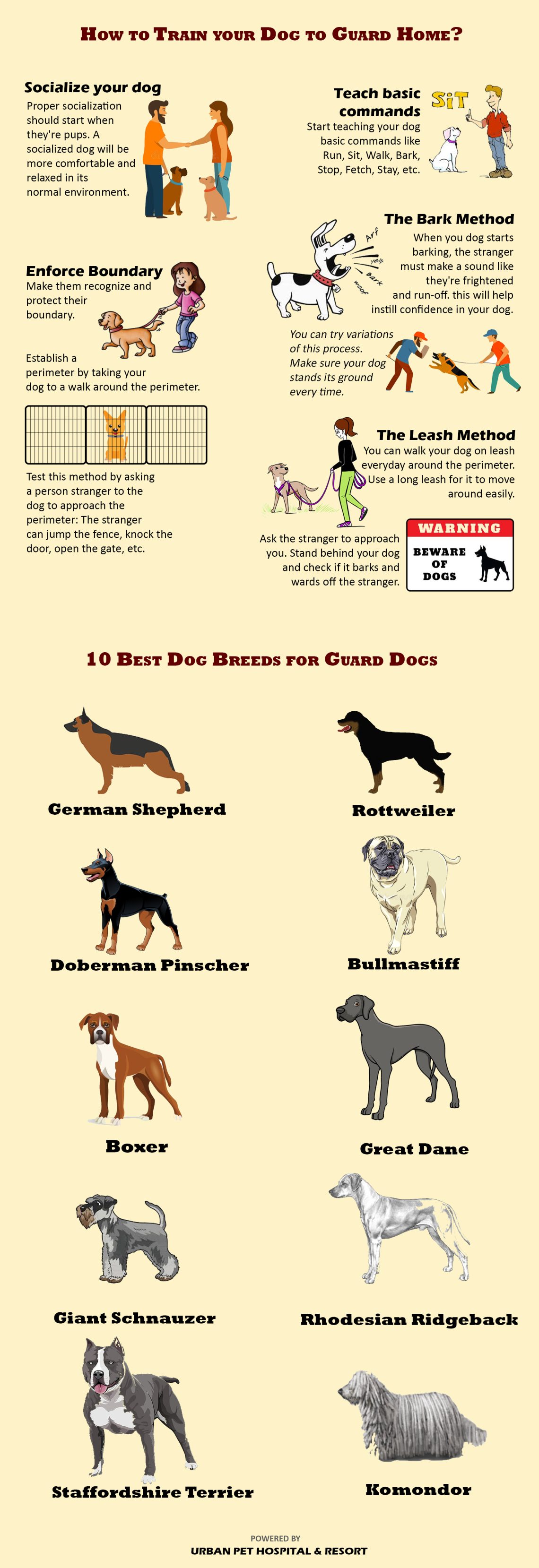
Yuav ua li cas qhia tus aub lo lus txib "Fu"?
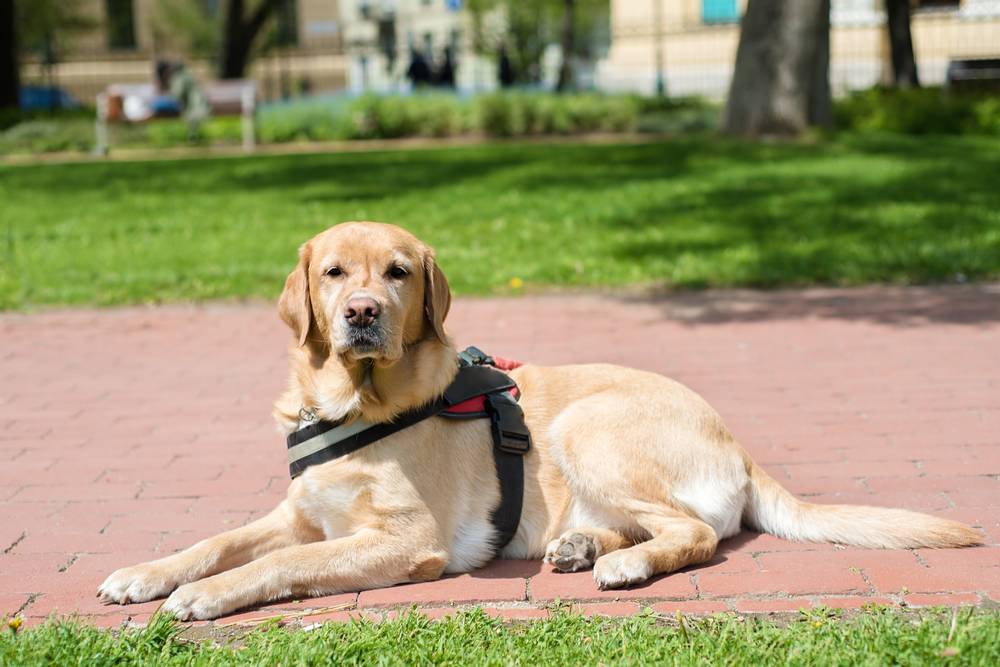
When will the “Fu” command be needed?
- The dog picks up food and garbage from the ground;
- The dog shows aggression towards strangers or family members of the owner;
- The dog shows aggression towards other animals.
In all other cases related to the dog’s misbehavior, other commands can be used to eliminate or prevent this behavior.
piv txwv:
- If the dog runs up to strangers on a walk, the command “Come to me” should follow;
- The dog pulls the leash – the command “Next”;
- The dog jumps in greeting to the owner or members of his family – the “Sit” command;
- The dog climbs onto the bed – the “Place” command;
- The dog barks or whines – the command “Be quiet” or “Quiet”;
- The dog runs after a skier, a car or a cyclist – the “Come to me” command, etc.
It is impossible to abuse the signal of the prohibition “Fu” – you should not give it on every occasion.
Kev cob qhia pab neeg
This technique is practiced as follows: when the dog tries to pick up food from the ground or show aggression, the owner (or trainer) gives the dog a “Fu” signal and performs a sharp and unpleasant action for the dog (for example, jerking the leash). Only by introducing punishment when committing a misconduct, you can work out the prohibition signal, called the “Fu” command, which will subsequently prevent many troubles associated with bad or unwanted behavior of the dog.
For softer prohibitions, you can use a lot of other signals, also supported by some trouble for the dog. The words “no”, “no”, “stop”, “so”, “be ashamed” have the right to exist in the lexicon of the trainer.
26 Cuaj hlis 2017
Hloov tshiab: Lub Ib Hlis 11, 2018



